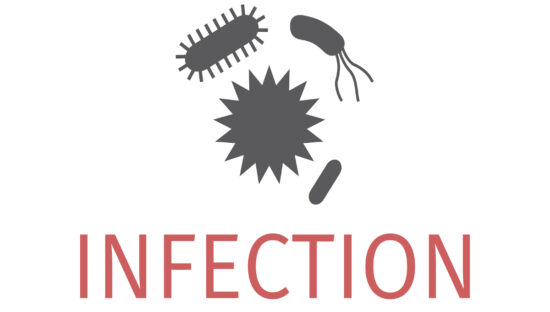— OPINION —
A new report by Farm Forward analyzes five years of monthly U.S. Department of Agriculture inspection data from major poultry plants — and the findings are alarming. Poultry plants producing chicken for household brands like Foster Farms, Costco and Perdue, routinely exceed the federal government’s maximum allowable levels of salmonella contamination.
According to the report, Lincoln Premium Poultry — a primary supplier for Costco — exceeded USDA’s standard in 54 of 59 inspections. Some of the “worst poultry plants” Farm Forward found failed every single inspection — 60 out of 60 times.
What makes this particularly troubling is the baseline: under current USDA rules, up to 25 percent of ground chicken, 13.5 percent of ground turkey, 15.4 percent of chicken parts, and 9.8 percent of whole chickens may test positive for salmonella without triggering enforcement.
At Marler Clark, we have long argued that salmonella should be treated as an adulterant in poultry products—just as E. coli O157:H7 is in ground beef. In May 2019, I drafted a petition urging USDA to declare 31 strains of salmonella adulterants in meat and poultry. Alongside nonprofit partners and affected clients, we formally submitted that petition in January 2020.
We did not hear back for four years, despite numerous follow-up letters. Then, in August 2024, the agency’s Food Safety and Inspection Service (FSIS) a proposed a rule—the Salmonella Framework for Raw Poultry Products—that could have fundamentally changed how the agency regulates poultry safety.
Unfortunately, as Farm Forward’s report details, in April 2025, FSIS withdrew the proposed framework, citing more than 7,000 comments from industry stakeholders (some representing powerful meat and poultry lobbies) about “regulatory overreach” and potential economic impacts. We agree with Farm Forward that this decision represents a significant setback for public health and consumer safety.
FSIS remains unable to enforce meaningful contamination limits, leaving the door open for high levels of salmonella to continue entering the market.
(To sign up for a free subscription to Food Safety News, click here)



